Welcome to our blog on DIY Home Remedies to Control Diseases in your Home Garden! You’ve come to the right place if you’re a passionate gardener looking for effective, natural ways to tackle plant diseases. In this article, we will provide simple and engaging tips that are easy to read and implement.
We have carefully curated accurate data and summarized it into concise sentences, ensuring the information is reliable and valuable. We’ve covered whether you’re dealing with powdery mildew, black spot, mold, or fungal infections. Get ready to discover a range of home remedies that will help you maintain a healthy and thriving garden.
DIY Home Remedies to Control Diseases in Home Garden
Apple Cider Vinegar Solution
- Apple Cider Vinegar Solution: It is a natural solution made from fermented apple juice that can be used as a versatile home remedy in gardening.
- Ingredients: To make the spray, you’ll need apple cider vinegar (preferably organic and unfiltered) and Water.
- DIY Homemade Spray: Mix 1 part apple cider vinegar with three parts water to create the solution. For example, mix one cup of apple cider vinegar with three cups of Water.
- How it works: The spray alters the pH level on the plant’s surface, making it less favorable for pests and diseases. It creates an environment that inhibits the growth of harmful fungi and bacteria.
- Target Diseases: Apple cider vinegar spray can help control fungal diseases such as powdery mildew, black spot, and downy mildew. It can also deter pests like aphids and caterpillars.
- Storage: Store the spray in a tightly sealed container in a cool and dark place, such as a pantry or refrigerator. This helps maintain its effectiveness.
- Best Time and Quantity: Apply the spray during dry weather, preferably in the early morning or late evening. Use a fine mist sprayer and apply enough to thoroughly coat the leaves and stems of the plants without causing excessive dripping.
- Benefits: Using apple cider vinegar spray is an eco-friendly and cost-effective way to control diseases in your garden. It’s natural, safe for plants, and avoids harsh chemicals. Additionally, it can improve the overall health and vitality of your plants.
In case you missed it: DIY Homemade Soil Fertilizers and Flower Boost Recipes for the Home Garden
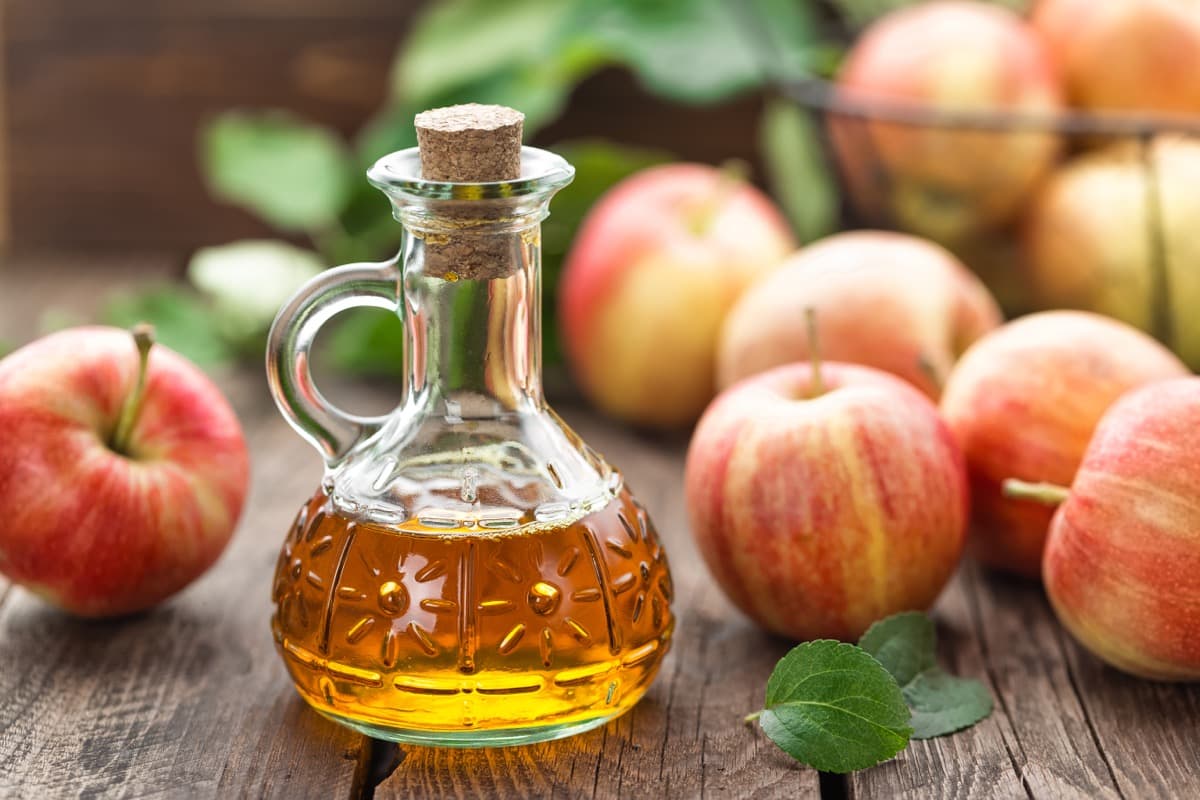
Neem Oil Spray
- Neem Oil Spray is a natural and effective solution used in gardening to control pests and diseases.
- The ingredients needed to make the spray include neem oil (pure and cold-pressed), mild liquid or insecticidal soap, and Water.
- Mix 1-2 teaspoons of neem oil, one teaspoon of mild liquid or insecticidal soap, and 1 liter of Water to make a DIY homemade spray. Shake well to combine the ingredients.
- Neem oil spray disrupts insects’ feeding and reproductive patterns, suffocates pests like aphids, whiteflies, and spider mites, and inhibits fungal growth.
- The spray can target various diseases, including powdery mildew, black spot, rust, and other fungal infections.
- Store the neem oil spray in a tightly sealed container, away from direct sunlight and extreme temperatures.
- The best time to apply the spray is in the early morning or late evening when the temperature is cooler and the plants are not under direct sunlight. Apply the spray until the leaves are evenly coated, but avoid excessive dripping.
In case you missed it: Ways to Use Neem Oil in Plants: Benefits in Agriculture, Application Method in Garden, and Uses in Hydroponics
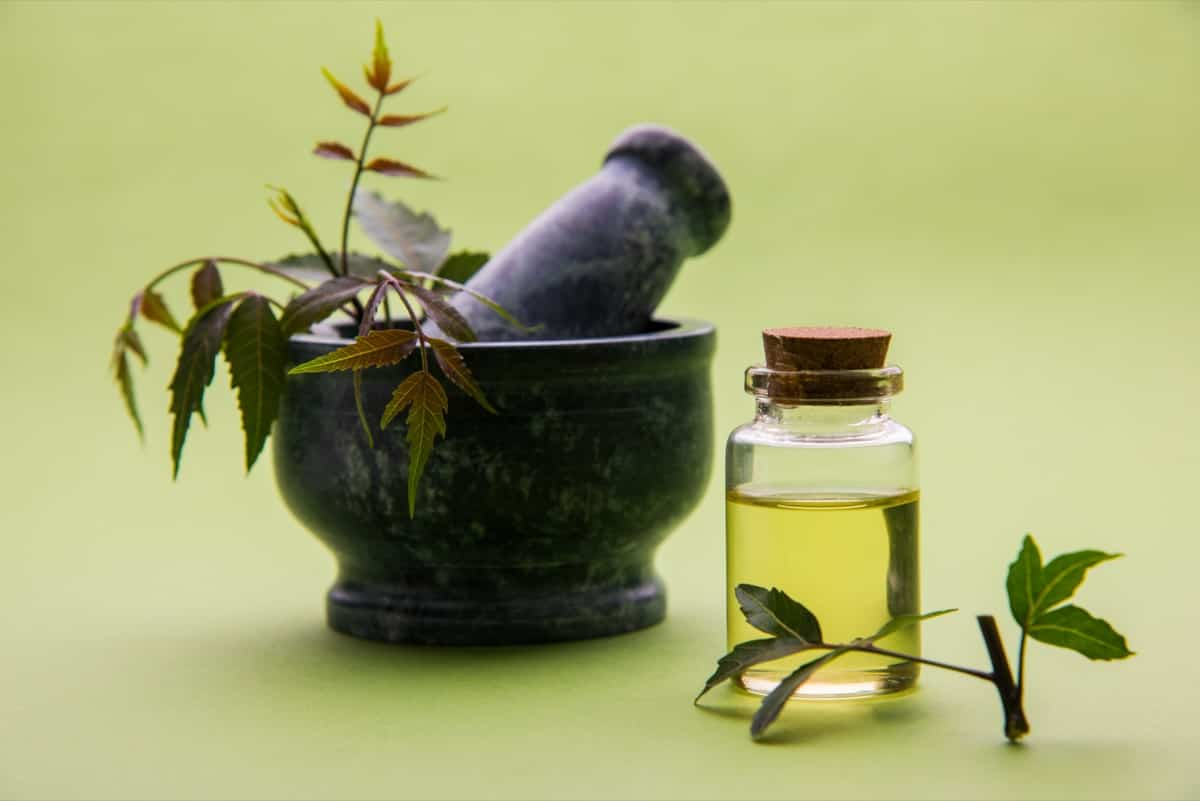
Baking Soda Solution
- Baking Soda Solution is a homemade spray used in gardening to control fungal diseases in plants.
- Baking soda (sodium bicarbonate) and Water are needed to make the spray.
- To make the DIY homemade spray, mix one spoon of baking soda with 1 gallon (3.8 liters) of Water. Stir the mix until the baking soda completely dissolves.
- The spray alters the pH level on the plants’ surface, creating an unfavorable environment for fungal growth. It also acts as a natural fungicide, inhibiting the spread of fungal spores.
- The Baking Soda Solution spray can effectively control diseases like powdery mildew, black spot, and certain types of leaf spot diseases.
- It is best to store the spray in a clean, labeled spray bottle or container. Keep it in a cool, dry place away from direct sunlight.
- The spray should be applied during calm weather conditions, preferably in the morning or evening. Apply enough spray to thoroughly coat the leaves and affected areas of the plants, but avoid excessive dripping or runoff.
- The recommended frequency of application may vary depending on the severity of the disease and plant sensitivity. As a general guideline, apply the spray once every 7 to 14 days or as needed until the disease is under control.
In case you missed it: How to Make Homemade Fertilizers: Recipes for Banana Peels, Scraps, Coffee Grounds, Epsom Salt, Eggshells, and Grass Clippings

Garlic Spray
- Garlic spray is a natural and effective home remedy used in gardening to control pests and fungal diseases.
- Ingredients needed to make spray: Fresh garlic cloves and Water
- How to prepare DIY Homemade spray: Peel a handful of fresh garlic cloves. Crush the garlic cloves and place them in a container. Add Water to the container, covering the crushed garlic cloves. Allow the mixture to steep for 24 hours. Strain the mixture to remove the garlic solids, leaving behind the garlic-infused Water.
- Working: Garlic contains sulfur compounds that act as a natural insecticide and antifungal agent. When sprayed on plants, it repels pests and inhibits the growth of fungal pathogens.
- Target Diseases the spray can control: Garlic spray can help control different pests, including aphids, caterpillars, whiteflies, mealy bugs, and mites. It is also effective against fungal diseases like powdery mildew and blight.
- Storage: Store the garlic spray in a labeled, airtight container in a cool, dark place. It can be stored in the refrigerator for extended shelf life.
- Best time to apply: Apply the garlic spray in the early morning or late evening to avoid direct sunlight. Spray the mixture evenly on the affected plants, covering the upper and lower leaf surfaces. Repeat every 7-10 days or after rainfall.
Milk Spray
Milk spray is an organic solution used in gardening to combat plant diseases and pests. To make the spray, combine 1 part milk (preferably whole milk) with nine parts water, ensuring proper dilution by shaking the mixture. The spray utilizes the antifungal and antiviral properties of milk proteins and enzymes. When applied to plants, it creates a protective coating on leaves, effectively inhibiting the growth of fungal spores and preventing diseases like powdery mildew, black spot, rust, downy mildew, and certain bacterial infections.
In case you missed it: How to Make Coco Peat at Home: Process, Steps, and Guide
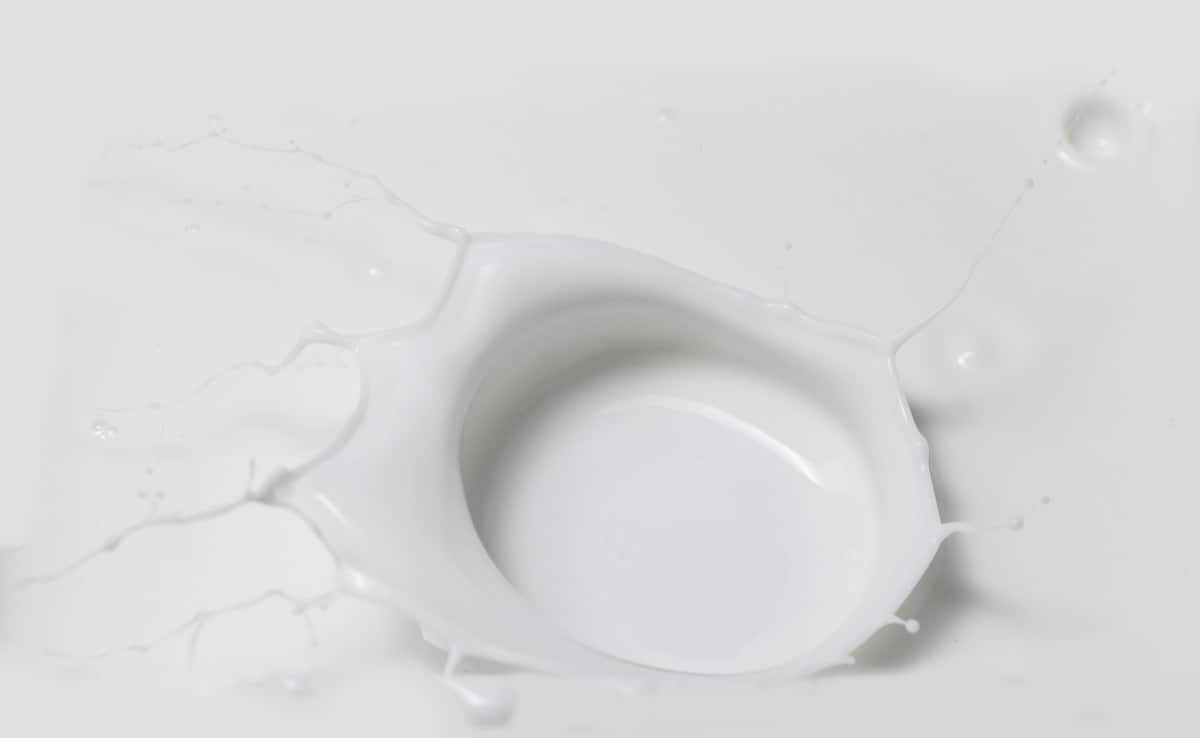
Store the milk spray in a cool, dark place, and prepare fresh batches for each application. If there’s any leftover spray, it can be used within a week. Apply the spray in the early morning or late afternoon, coating both sides of the plant leaves. However, avoid excessive runoff. Take precautions by testing the spray on a small area before applying it widely, avoiding application during flowering to prevent interference with pollination, and refraining from spraying in hot and sunny conditions to prevent leaf scorching.
Hydrogen Peroxide Solution
- Hydrogen Peroxide Solution: Hydrogen peroxide is a versatile and effective ingredient in DIY home remedies for plant care. It is a liquid solution containing hydrogen peroxide (H2O2), a powerful oxidizer commonly used for various purposes.
- Ingredients for Spray: To make a hydrogen peroxide spray, you will need hydrogen peroxide (3% concentration), Water, and a spray bottle. Using a 3% concentration of hydrogen peroxide for plant applications is important.
- DIY Homemade Spray: Mix one part hydrogen peroxide with nine parts water in the spray bottle to create the spray. For example, if you use 1 cup of hydrogen peroxide, mix it with 9 cups of Water. Thoroughly combine the solution by gently shaking the spray bottle.
- How the Spray Works: Hydrogen peroxide spray releases oxygen when applied to plants. This oxygen release helps to control and eliminate harmful bacteria, fungi, and pests that may be present on the plant’s surface or in the soil.
- Target Diseases: Hydrogen peroxide spray can help control plant diseases, including fungal infections like root rot and powdery mildew. It can also be effective against bacterial infections and deter pests like aphids.
- Storing the Spray: Store the hydrogen peroxide spray in a cool, dark place, away from direct sunlight. This will help maintain the stability and effectiveness of the solution.
- Best Time to Apply and Quantity: Apply the spray in the morning or evening when the temperature is mild, avoiding direct sunlight. Use a fine mist to cover the entire plant, ensuring both sides of the leaves are sprayed. Apply the spray until the leaves are wet but not dripping excessively.
- Avoid spraying on flowers, as hydrogen peroxide may have a bleaching effect. Wear protective gloves and eyewear while preparing and applying the solution to avoid contact with skin or eyes.
Chamomile Tea Spray
- Chamomile tea spray is a natural and effective home remedy for controlling pests and fungal diseases in plants.
- Ingredients needed: Chamomile tea bags or dried chamomile flowers, boiling Water, and a spray bottle.
- To make DIY homemade spray: Steep chamomile tea bags or dried chamomile flowers in boiling Water for 15-20 minutes. Let the mixture cool and strain it. Pour the liquid into a spray bottle.
- The spray works by utilizing the natural properties of chamomile to repel pests, deter fungal growth, and boost plant immunity.
- The spray can control target diseases, including aphids, spider mites, whiteflies, and fungal infections like powdery mildew.
- Store the spray in a cool, dark place like a refrigerator to maintain its efficacy. Use it within a week or two to ensure freshness and effectiveness.
- The best time to apply the spray is in the early morning or late evening when the temperature is cooler and the plants are not under direct sunlight.
- Use the spray sparingly, covering both sides of the leaves and the stems. Avoid excessive application, as it may cause harm to the plants.
In case you missed it: How to Grow Mushrooms in Coffee Grounds at Home: Steps, Ideas, and Tips for Beginners
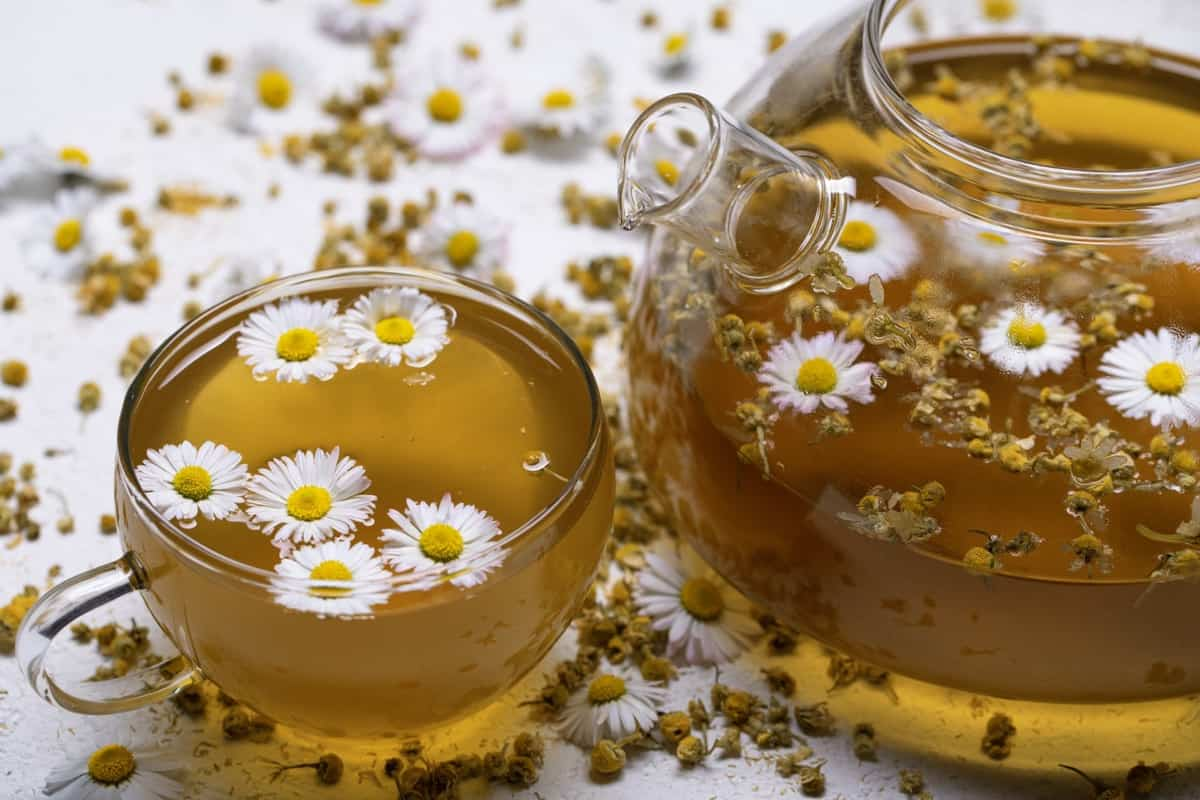
Epsom Salt Solution
- Epsom salt solution is a homemade spray used in gardening to provide plants with essential nutrients and promote overall health.
- Ingredients needed to make the spray include Epsom salt (magnesium sulfate) and Water.
- To make the DIY homemade spray, stir two spoons of Epsom salt in 1 gallon of Water until the salt is completely dissolved.
- The spray works by providing magnesium and sulfur, which are essential nutrients for plant growth. It helps enhance chlorophyll production, improve nutrient uptake, and strengthen the plants’ immune system.
- Target diseases that the Epsom Salt Solution spray can help control include yellowing leaves (indicating magnesium deficiency), blossom end rot (a calcium-related disorder), and overall plant stress.
- Store the spray in a clean, labeled container in a cool, dry place away from direct sunlight.
- The best time to apply the spray is in the morning or evening when the temperature is cooler. Apply the spray until the leaves are evenly coated, but avoid excessive spraying.
In case you missed it: Chilli Fertilizer Schedule: How and When to Apply Organically, Inorganically for More Yields
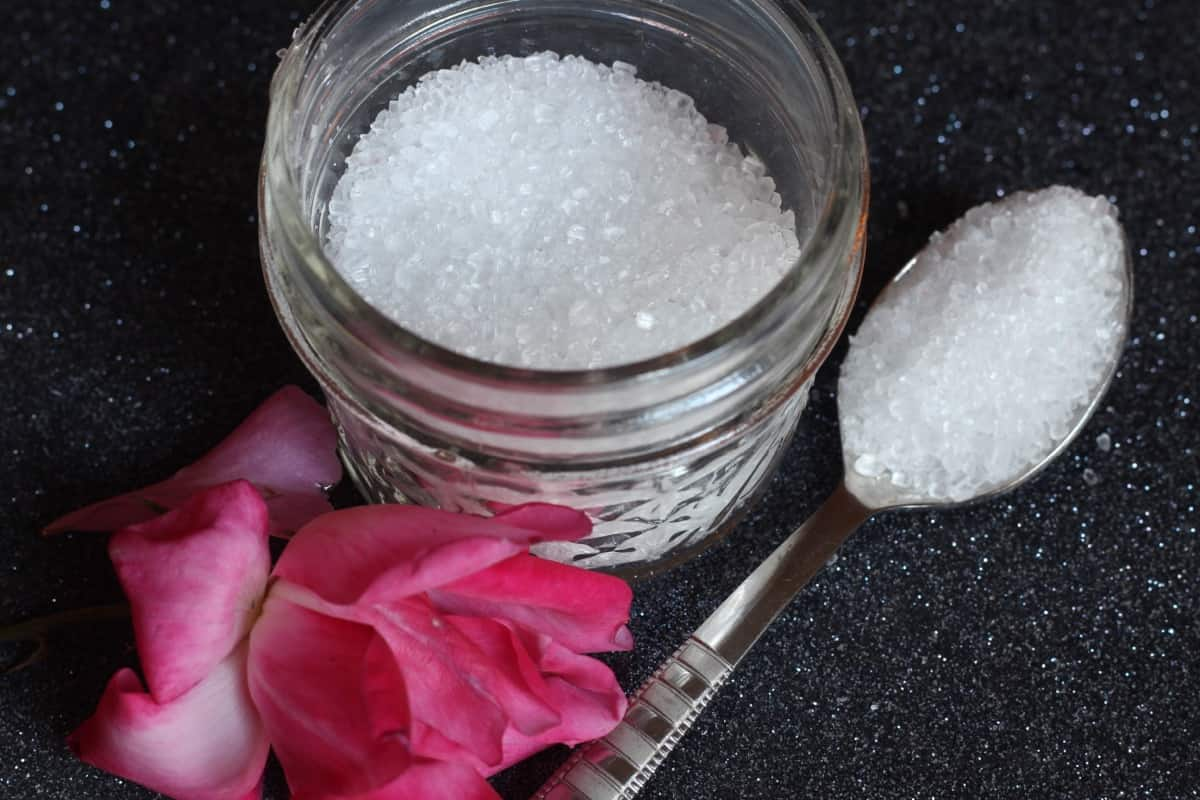
Cinnamon Powder
- Cinnamon powder is a spice derived from the inner bark of the Cinnamomum tree. It is widely used in cooking and as a natural remedy for various health issues.
- Ingredients needed to make spray: Cinnamon powder and Water
- How to make DIY Homemade spray: Take two tablespoons of cinnamon powder. Mix it with 1 liter of Water in a container. Stir well to ensure proper dispersion.
- Working: Cinnamon contains natural antifungal and antibacterial properties. When used as a spray, it helps to inhibit the growth of harmful fungi and bacteria in plants.
- Target Diseases that Spray Control: The spray can control fungal diseases like powdery mildew, damping-off, and certain plant bacterial infections. Store the spray in a clean, airtight container in a cool, dark place to preserve its efficacy.
- Best time to apply and how much to use: Apply the spray in the morning or evening to prevent plant sunburn. Use the spray once a week or after rainfall for effective disease prevention.
In case you missed it: Rock Phosphate in Agriculture: Fertilizer Uses, Composition, and Application for Plants
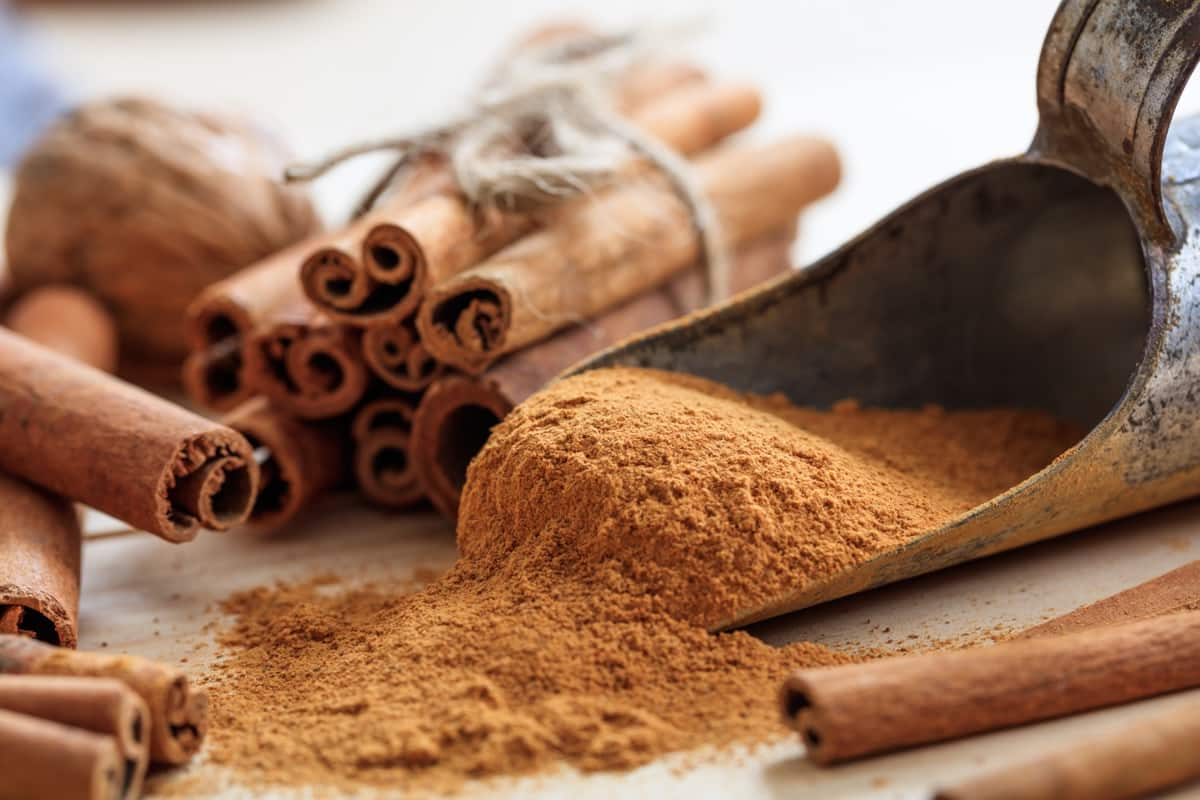
Onion and Pepper Spray
Onion and Pepper Spray is a natural and effective homemade remedy used in gardening to control pests and diseases. Here are the key points regarding onion and pepper spray:
Ingredients
- Two medium-sized onions
- Two hot peppers (such as jalapeños or habaneros)
- Water
DIY Homemade Spray
- Cut the onion and pepper into small pieces.
- Blend them with a little water until you get a thick paste.
- Add Water to the paste to create a diluted solution.
- Let the mixture sit overnight or for at least 24 hours.
- Strain the liquid into a spray bottle.
- Working Mechanism: Onion and Pepper Spray work by emitting a strong odor and taste that repels pests, such as aphids, caterpillars, and beetles. It can also deter certain animals from feeding on plants.
- Target Diseases: This spray primarily helps control pests and reduce the risk of fungal diseases caused by insects.
- Storage: Store the spray in a cool, dark place, away from direct sunlight. Using the spray within a few weeks is best for maximum effectiveness.
Horsetail Spray
- Horsetail spray is a natural plant-based spray used in gardening as a fungicide and insect repellent.
- The ingredients needed to make horsetail spray fresh or dried horsetail (Equisetum arvense) plants, Water, and a container for brewing.
- To make DIY homemade horsetail spray, chop the plants and place them in a container. Add Water to cover the plants and let the mixture steep for 24 to 48 hours. Strain the liquid and transfer it to a spray bottle.
- Horsetail spray contains natural chemicals called silicates that have antifungal and insect-repelling properties. These chemicals create an environment that inhibits the growth of fungi and repels insects.
- The spray can help control diseases such as powdery mildew, black spot, rust, and certain pests like aphids, mites, and slugs.
Citrus Peel Spray
- Citrus Peel Spray is a natural homemade spray that utilizes the peels of citrus fruits to create a potent and effective pest-repellent and disease-control solution for your garden.
- Ingredients needed to make the spray include citrus peels (from oranges, lemons, or grapefruits), Water, and a spray bottle.
- To make the DIY homemade spray, follow these steps:
- Collect the peels from citrus fruits.
- Place the peels in a container and cover them with Water.
- Let the mixture steep for a few days, allowing the peel oils to infuse into the Water.
- Strain the mixture and transfer it into a spray bottle.
- The spray uses the natural oils found in citrus peels, which have insect-repelling properties. When applied to plants, it creates a protective barrier and deters pests from feeding on them.
- The spray can help control common garden pests and diseases, including aphids, ants, caterpillars, and fungal infections.
- It is best to store the spray in a cool, dark place to preserve its effectiveness. A tightly sealed container or spray bottle will help maintain its potency.
Mint Spray
Mint spray, made from mint leaves or essential oil, is a natural and eco-friendly solution to control pests and diseases in the garden. To make the spray, crush fresh mint leaves or mix the essential oil with Water, steep the mixture, and strain it. Adding a few drops of liquid dish soap can enhance its effectiveness.
The spray works by utilizing the insect-repellent compounds found in mint, creating an unfavorable environment for pests, masking plant odors, and directly impacting pests’ life cycles. It is effective against aphids, whiteflies, cabbage worms, flea beetles, ants, spider mites, squash bugs, and some beetles, making it a versatile solution for garden protection.
Conclusion
Utilizing DIY home remedies to control diseases in your home garden offers a natural and effective approach. These remedies, such as neem oil, garlic, and companion planting, provide sustainable solutions to maintain a thriving and disease-free garden.
- Types of Pesticides Used in Agriculture: A Beginner’s Guide
- Economical Aquaculture: A Guide to Low-Budget Fish Farming
- 15 Common Planting Errors That Can Doom Your Fruit Trees
- How to Make Houseplants Bushy: Effective Tips and Ideas
- Innovative Strategies for Boosting Coconut Pollination and Yield
- Pollination Strategies for Maximum Pumpkin Yield
- The Complete Guide to Chicken Fattening: Strategies for Maximum Growth
- Natural Solutions for Tulip Problems: 100% Effective Remedies for Leaf and Bulb-Related Issues
- Revolutionizing Citrus Preservation: Towards a Healthier, Greener Future
- Natural Solutions for Peony Leaf and Flower Problems: 100% Effective Remedies
- Maximizing Profits with Avocado Contract Farming in India: A Comprehensive Guide
- Natural Solutions for Hydrangea Problems: 100% Effective Remedies for Leaf and Flowers
- The Ultimate Guide to Choosing the Perfect Foliage Friend: Bringing Life Indoors
- From Sunlight to Sustainability: 15 Ways to Use Solar Technology in Agriculture
- The Ultimate Guide to Dong Tao Chicken: Exploring from History to Raising
- The Eco-Friendly Makeover: How to Convert Your Unused Swimming Pool into a Fish Pond
- Mastering the Art of Delaware Chicken Farming: Essentials for Healthy Backyard Flocks
- 20 Best Homemade Fertilizers for Money Plant: DIY Recipes and Application Methods
- How to Craft a Comprehensive Free-Range Chicken Farming Business Plan
- Brighten Your Flock: Raising Easter Egger Chickens for Beauty and Bounty
- How to Optimize Your Poultry Egg Farm Business Plan with These Strategies
- Subsidy for Spirulina Cultivation: How Indian Government Schemes Encouraging Spirulina Farmers
- Ultimate Guide to Raising Dominique Chickens: Breeding, Feeding, Egg-Production, and Care
- Mastering the Art of Raising Jersey Giant Chickens: Care, Feeding, and More
- Ultimate Guide to Raising Legbar Chickens: Breeding, Farming Practices, Diet, Egg-Production
- How to Raise Welsummer Chickens: A Comprehensive Guide for Beginners
- How to Protect Indoor Plants in Winter: A Comprehensive Guide
- Ultimate Guide to Grow Bag Gardening: Tips, Tricks, and Planting Ideas for Urban Gardeners
- Guide to Lotus Cultivation: How to Propagate, Plant, Grow, Care, Cost, and Profit
- Agriculture Drone Subsidy Scheme: Government Kisan Subsidy, License, and How to Apply Online
- Ultimate Guide to Raising Araucana Chickens: Breed Profile, Farming Economics, Diet, and Care
- Bringing Hydroponics to Classroom: Importance, Benefits of Learning for School Students
- Ultimate Guide to Raising Polish Chickens: Breed Profile, Farming Economics, Diet, and Care
- Ultimate Guide to Raising Australorp Chickens: Profile, Farming Economics, Egg Production, Diet, and Care
- Silkie Chicken Farming: Raising Practices, Varieties, Egg Production, Diet, and Care
- Sussex Chicken Farming: Raising Practices, Varieties, Egg Production, Diet and Care